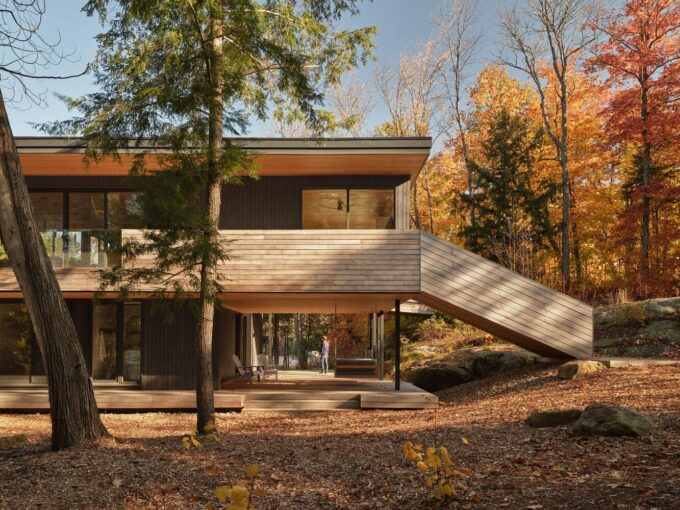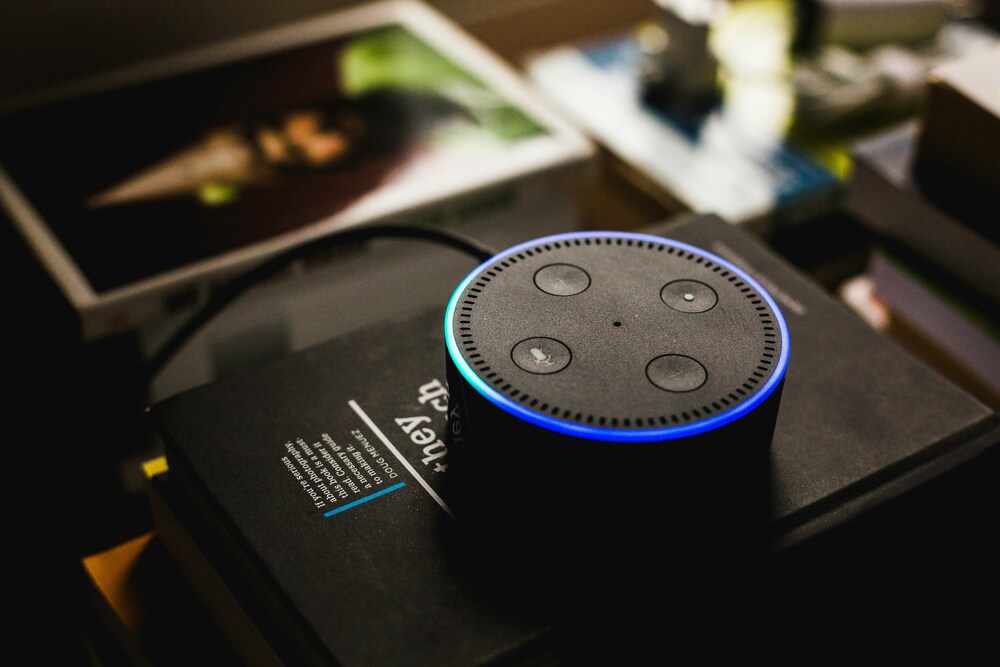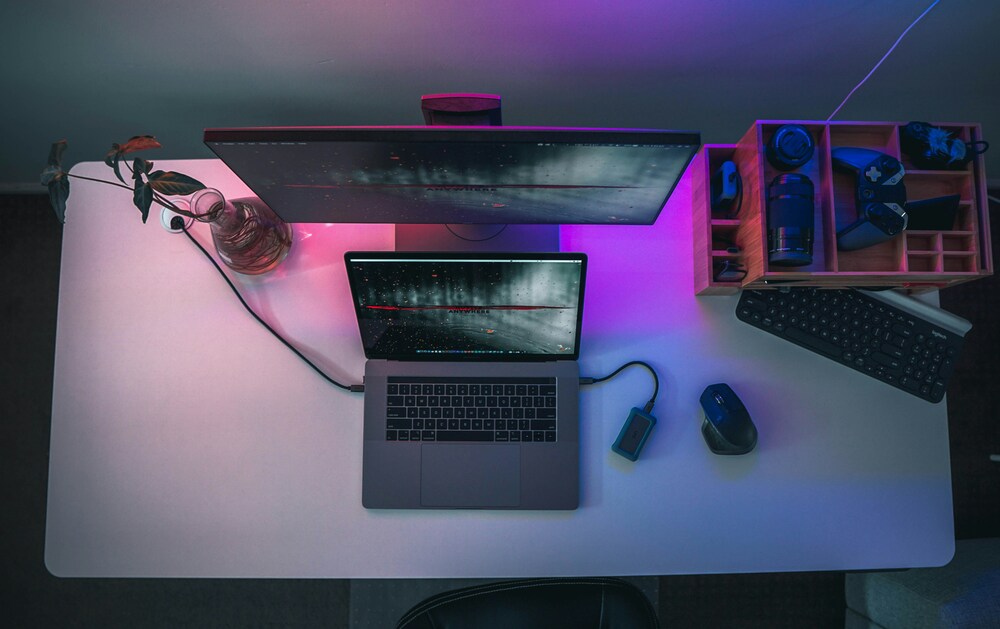- Home
- Articles
- Architectural Portfolio
- Architectral Presentation
- Inspirational Stories
- Architecture News
- Visualization
- BIM Industry
- Facade Design
- Parametric Design
- Career
- Landscape Architecture
- Construction
- Artificial Intelligence
- Sketching
- Design Softwares
- Diagrams
- Writing
- Architectural Tips
- Sustainability
- Courses
- Concept
- Technology
- History & Heritage
- Future of Architecture
- Guides & How-To
- Art & Culture
- Projects
- Interior Design
- Competitions
- Jobs
- Store
- Tools
- More
- Home
- Articles
- Architectural Portfolio
- Architectral Presentation
- Inspirational Stories
- Architecture News
- Visualization
- BIM Industry
- Facade Design
- Parametric Design
- Career
- Landscape Architecture
- Construction
- Artificial Intelligence
- Sketching
- Design Softwares
- Diagrams
- Writing
- Architectural Tips
- Sustainability
- Courses
- Concept
- Technology
- History & Heritage
- Future of Architecture
- Guides & How-To
- Art & Culture
- Projects
- Interior Design
- Competitions
- Jobs
- Store
- Tools
- More
Exploring Modern Architecture: Trends, Innovations, and the Impact of Technology
Experience the future of architecture with this enlightening article - uncover how innovative technologies like BIM and AR are transforming design processes, urban planning, and the way we envision sustainable living.

As we step into the future, we’re seeing a dynamic shift in architectural trends and innovations. Today’s architects aren’t just building structures, they’re crafting experiences that blend aesthetics, functionality, and sustainability.
From adaptive reuse to smart buildings, the architecture of tomorrow is all about merging technology with design. We’re seeing an increased focus on green and sustainable architecture, with designs that not only look good but also reduce our carbon footprint.
In this rapidly evolving field, it’s essential to stay ahead of the curve. Let’s explore the latest trends and innovations shaping the world of modern architecture.

Table of Contents
ToggleTrends and Innovations for the Modern Architecture
Churning the wheels of architectural metamorphosis, various trends and innovations are not just refining but recasting the concepts of modern architecture. It’s worth noting that these transformative trends are fuelled by the demands of our constantly evolving society.
For starters, the push towards more sustainable architecture is stronger than ever. We’re finding increasingly inventive ways of integrating the likes of solar power, advanced insulation, green roofs, and more into designs. It’s all about proving, time and again, that sustainability and beauty can coexist in architectural designs.
Another notable trend is the increased use of technology. Architectural innovations can’t be left behind in this age of technological advancements. Algorithms and software applications have emerged, offering highly accurate 3D architectural visualization. With this, we can create virtual reality walkthroughs that allow us to experience the proposed design well before construction begins.
This trend is not just about adding bells and whistles, but it’s an essential component that drives the perception of space, material usage, and aesthetic appeal.
Next, we’re seeing a lot of multipurpose spaces cropping up. In the face of changing lifestyle and space demands, architects are now designing structures to serve more than one purpose. Think about commercial buildings that can transform into community spaces or residential apartments with pop-up home offices.
Consequently, architecture is not just about erecting a structure but establishing experiences. It’s about how well a building or space caters to societal needs, lifestyles, and even global events. By observing these trends, we’re setting our sights on the future as we continue to transform brick and mortar into works of sustainable art. Architectural exploration never ceases.

Sustainable Architecture Trends
As architects continue to innovate, sustainable practices have emerged as a consistent trend in modern architectural designs. These designs aim not only to reduce the carbon footprint of buildings but also to enhance their overall aesthetics. Let’s delve deeper into some of these sustainable trends contributing to transforming structures into sustainable works of art.
Green Building Materials
In this era, architects no longer rely solely on traditional concrete and steel. Sourcing and using environmentally-friendly materials has become a norm in the industry. Recycled steel, bamboo, cork, reclaimed wood, and recycled plastic are being used more and more. These materials are not only sustainable but often affordable and durable too. While reducing environmental impact, these materials also offer better energy efficiency and can significantly decrease the costs of heating and cooling.
This trend is a significant move away from heavily processed and energy-intensive materials. It’s a way of contributing to the global movement towards more sustainable practices in all areas of life.
Energy-Efficient Designs
Energy efficiency is no longer an afterthought in architectural design—it’s now a priority. Designs are being optimized for energy efficiency by integrating elements like solar power, insulation, and green roofs. This approach not only reduces energy consumption but also considerably cuts the cost of utility bills.
One common practice is the use of Passive House design principles. This methodology, centered around a high level of insulation and an airtight building envelope, helps maintain a comfortable indoor temperature year-round.
Innovative and smart technologies are also making energy efficiency more achievable. From software that predicts energy use during the design phase to smart devices that manage energy usage more effectively, tech plays a crucial role in pushing the boundaries of what’s possible. For instance, smart windows can self-tint to block out sunlight, reducing the need for air conditioning.
We’ll continue exploring more trends in the architectural field, such as the use of technology and multipurpose spaces, in the following sections.

Technological Advances in Architecture
As we dive deeper into the realm of architectural practices, it’s impossible to overlook the influence of technology. It has found its way into every aspect of our lives, so it’s no surprise that it’s revolutionizing how we design and construct buildings. Here, we analyze two significant technological advances: Building Information Modeling and Augmented Reality.
Building Information Modeling (BIM)
Building Information Modeling, commonly known as BIM, is a trend that’s changing the face of the architectural sector. It’s a digital representation of a building’s physical properties and functional characteristics. BIM isn’t merely a 3D design tool but a process that fosters productivity, enables precise documentation, and promotes transparency throughout the project lifecycle.
By using BIM, architects can visualize the entire building in 3D before it’s even constructed. This envisions mechanical, electrical, and plumbing systems, preventing any potential conflicts between different arrays early on. Not only does BIM lead to fewer errors and change orders during construction, but it allows project stakeholders to make more informed decisions.
Augmented Reality (AR) in Design
Another technological game-changer in architecture is Augmented Reality (AR). AR skillfully blends the virtual and physical world, offering architects a unique way to showcase their designs. It enables potential clients or investors to see precisely what the finished building will look like in its actual environment.
Using AR in design, we can experiment with different materials, swap out features, and tweak layouts instantaneously – all without wasting resources on physical models. This technology’s immersive nature enables a deeper understanding of architectural designs, allowing clients to walk through their future buildings before they’ve been built. A pretty impressive way to bridge the gap between vision and reality, isn’t it?
As we chart the course for a more sustainable future in architecture, it becomes clear that technological innovation will be the driving force. It will provide architects with more tools to reduce environmental impact and enhance energy efficiency. So, as we progress in this ever-evolving industry, let’s imagine a future where these and other technologies become staples, dramatically transforming the world of architecture. This isn’t just about creating buildings – it’s about creating a sustainable, technologically-advanced society.

Innovative Urban Planning Ideas
Building on the opportunities presented by Building Information Modeling (BIM) and Augmented Reality (AR), architects and urban planners are now focusing their attention on several groundbreaking approaches. These involve innovative approaches to urban planning that are expected to revolutionize architecture in modern cities. It’s our belief that such innovative methods can create living environments that are more sustainable, energy-efficient, and adaptable to the needs of future generations.
Mixed-Use Developments
One of these innovative approaches is the concept of Mixed-Use Developments. Traditionally, urban planning involved segregating residential, commercial, and industrial areas. However, this practice frequently results in long commutes and heavy traffic–both of which contribute to environmental pollution.
Mixed-Use Developments seek to remedy these issues by integrating homes, offices, shops, and leisure facilities into single developments. These co-located facilities encourage walking and cycling as primary modes of transportation which significantly reduce carbon footprint. In this way, Mixed-Use Developments are not only practical but environmentally-friendly as well.
Smart Cities Initiatives
The second innovation that’s worth noting involves Smart Cities Initiatives. This trend focuses on the integration of information and communication technologies in urban planning and public services management. Examples include intelligent traffic systems that reduce congestion and smart grids that manage energy use efficiently.
Utilizing these advancements, architects and urban developers aim to create cities that are interconnected and responsive to its residents’ needs. By doing so, they are able to enhance the quality of life within these cities and reduce their environmental impact.
Indeed, these innovative urban planning ideas continue to shape modern architecture. By integrating these methods with the capabilities provided by BIM and AR, we are witnessing the ushering of an era where technology and sustainability are at the core of our living environments.
Instead of waving goodbye at the precipice of our discussion, let’s seize this opportunity to dive deeper. The continued evolution of technologies like BIM and AR is inevitable. As we become more tech-savvy, such advancements prove increasingly vital.
Building Information Modeling empowers architects with the ability to design with impressive precision. It’s not simply about constructing buildings; it’s about creating architectural masterpieces that can stand the test of time. AR, on the other hand, bridges the gap between imagination and reality. By enabling us to visualize our designs in real-time, AR catapults the design process into a new realm of possibilities.
It’s interesting to note that this intertwining of architecture and technology isn’t confined to the drawing rooms of architectural firms. It’s seeping into our cities, changing the way we plan urban spaces, and redefining what it means to live in a modern society.

Embracing Sustainable and Technological Innovations
Incorporating BIM and AR technologies into the urban planning sphere has resulted in revolutionary concepts such as Mixed-Use Developments and Smart Cities Initiatives. Mixed-Use Developments, an avant-garde approach to urban living, integrate various facilities into one cohesive unit. These aren’t only functional – they’re eco-friendly too. With reduced commute times and minimized carbon footprints, they serve as poster children for environmental responsibility.
On the other hand, the groundbreaking idea of Smart Cities takes technology one step further by harnessing its power to better the quality of public services. These initiatives underscore the importance of technology in streamlining administrative processes and reducing environmental impact. They’re fostering a harmonious relationship between human progress and Mother Nature.
Peeking into the future, sustainability and technology will likely be the dual pillars upon which architecture and planning rest. The marriage of these elements serves as testament to our dedication to create spaces that exude creativity and consideration for environmental preservation.
Unabated, technology will continue to break boundaries offering architects and planners an exciting canvas on which to dance their pens. Complexity will fade as simplicity, enabled by technology, takes center stage. With these fantastic tools and the desire to create more sustainable developments, we can visualize a future of architectural design that extends far beyond the basics of brick and mortar.
Submit your architectural projects
Follow these steps for submission your project. Submission FormLatest Posts
How Virtual Architecture Is Redefining Design From Real Time Worlds to Built Impact
Discover how virtual architecture is redefining design from static sketches to immersive,...
Designing a Starter Smart Home Without Breaking the Bank
Smart homes don’t have to cost a fortune. Many homeowners think they...
Style Meets Security: Choosing Entry Solutions That Do Both
When it comes to homes and businesses, entryways are more than just...
Top 5 Desktop Rebuild Cost Assessment Solutions for Property Professionals
Do you ever lay awake at night, playing out scene after scene...












Leave a comment